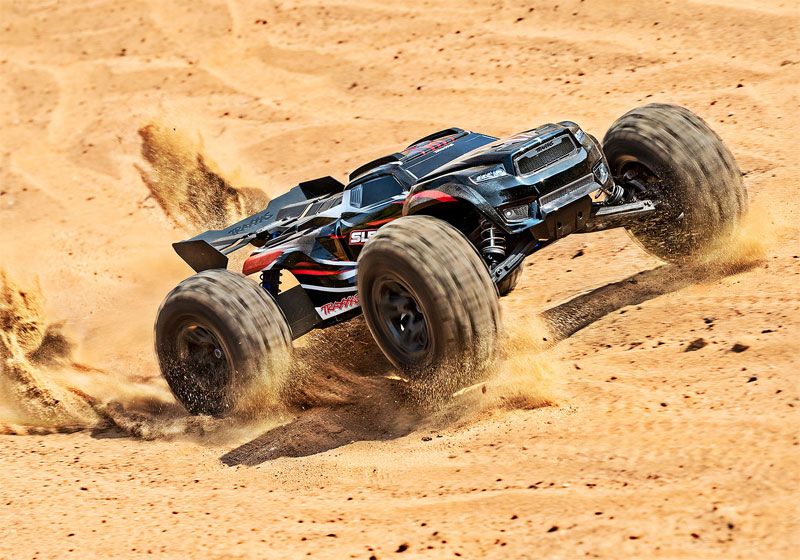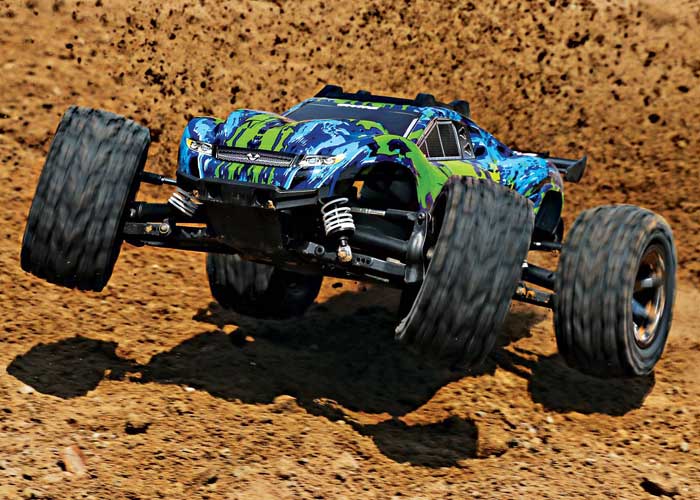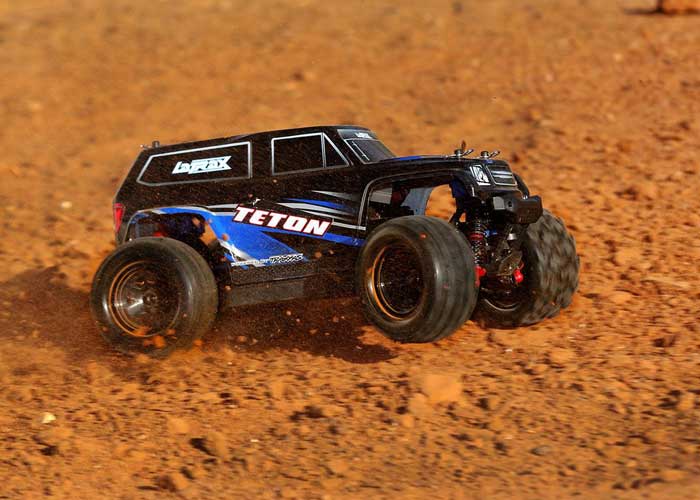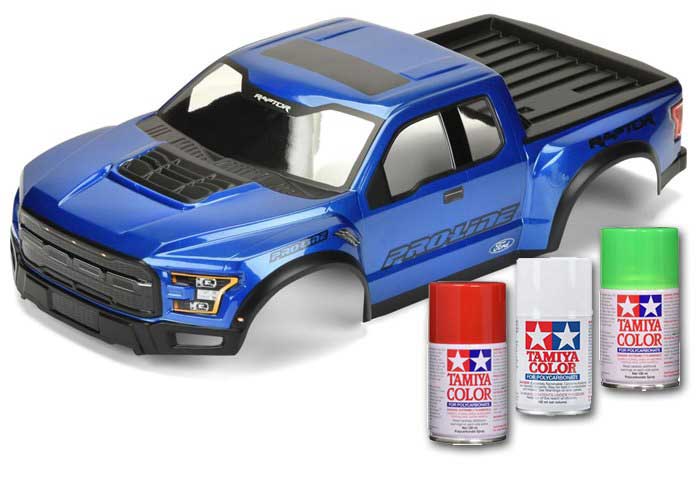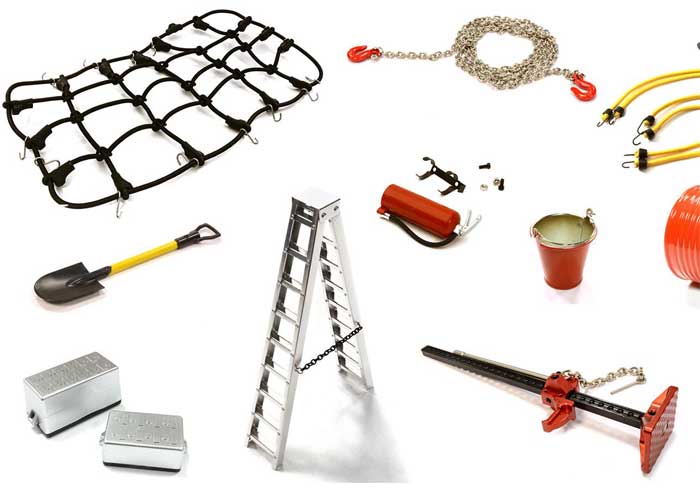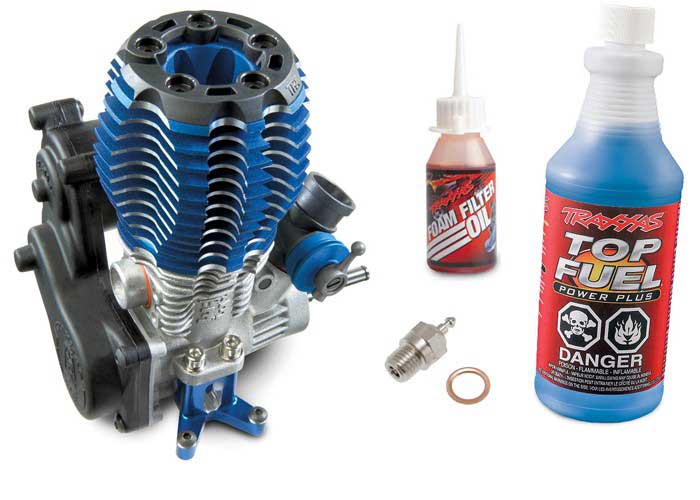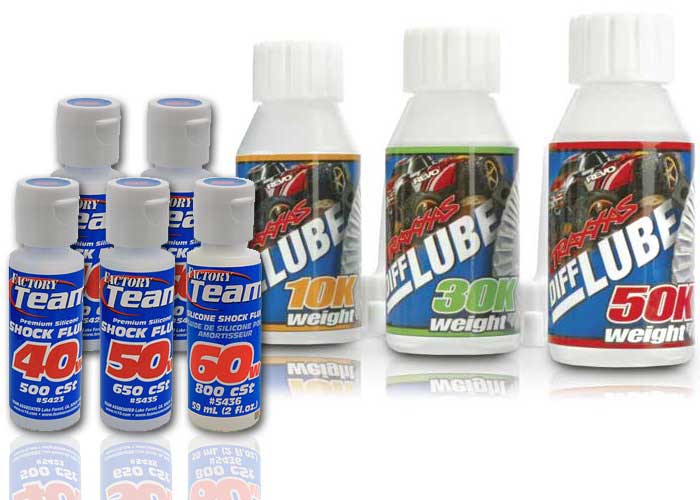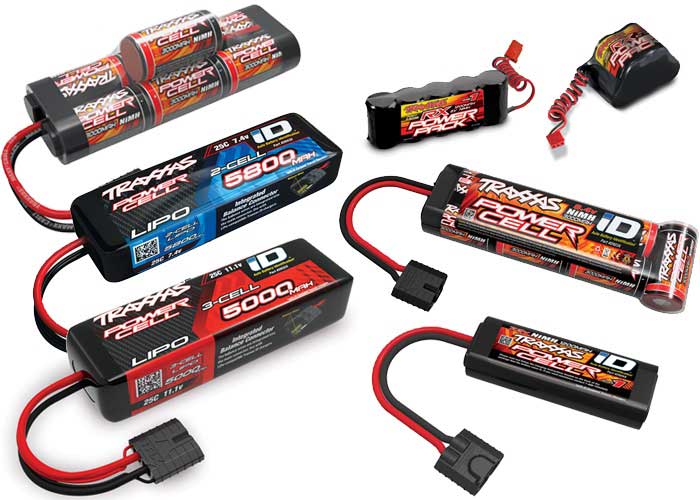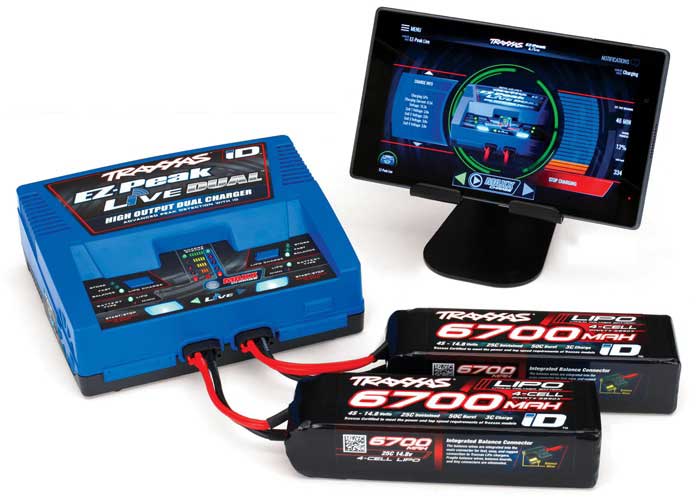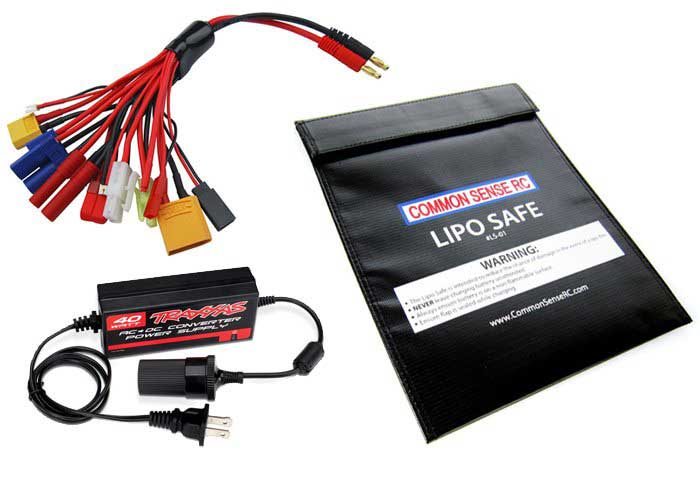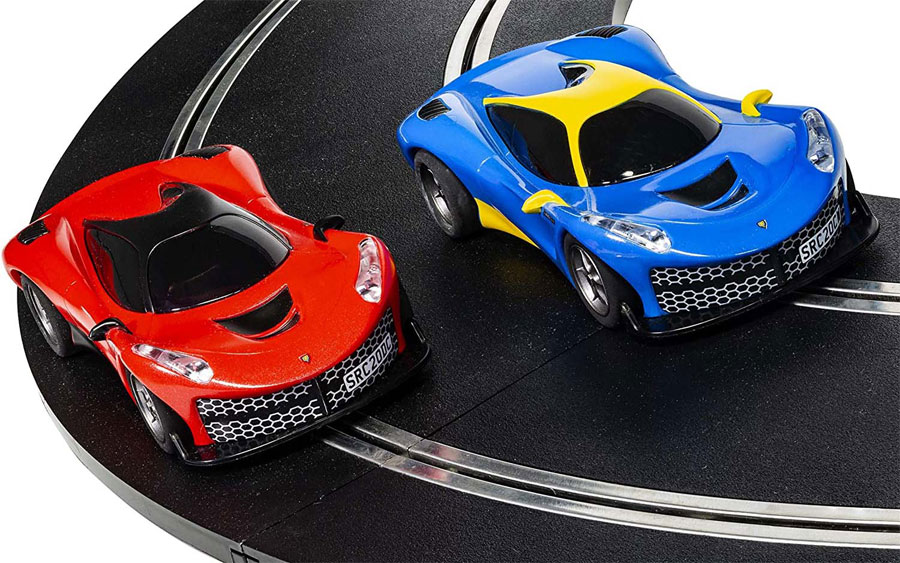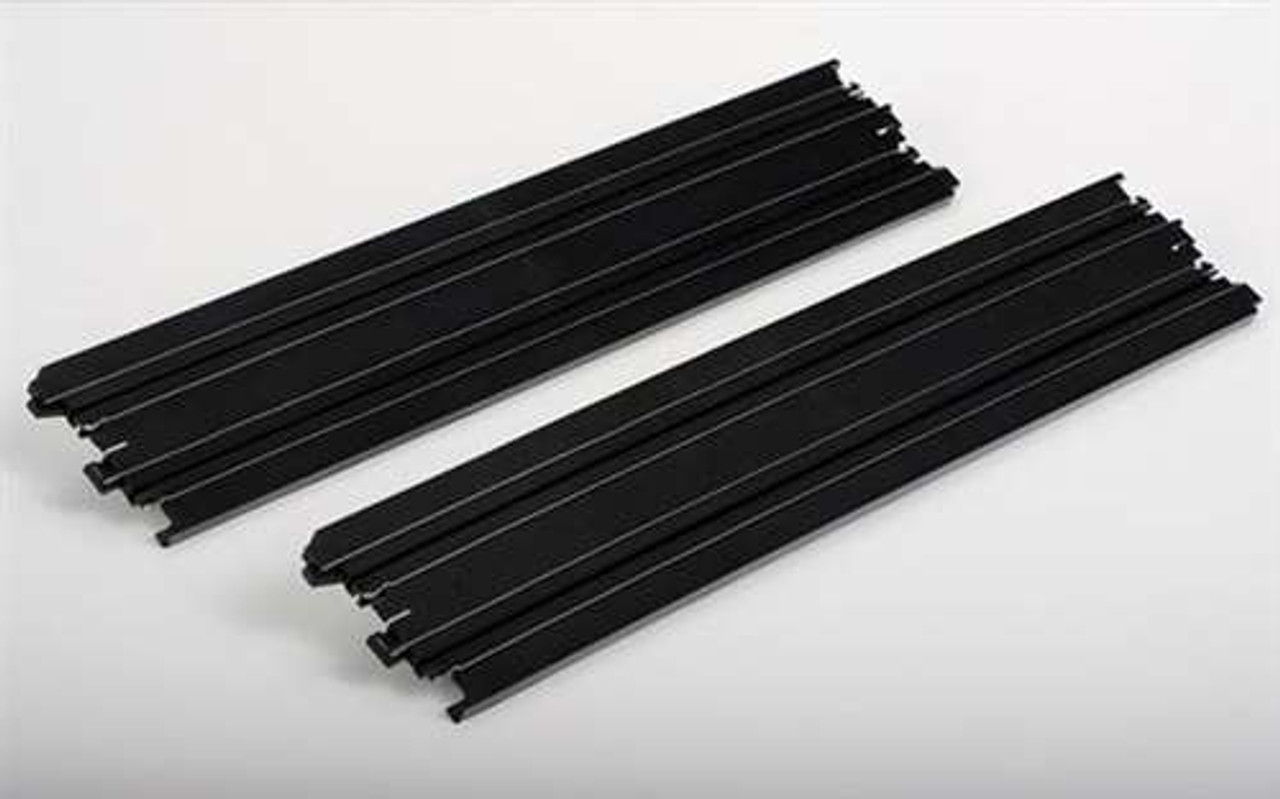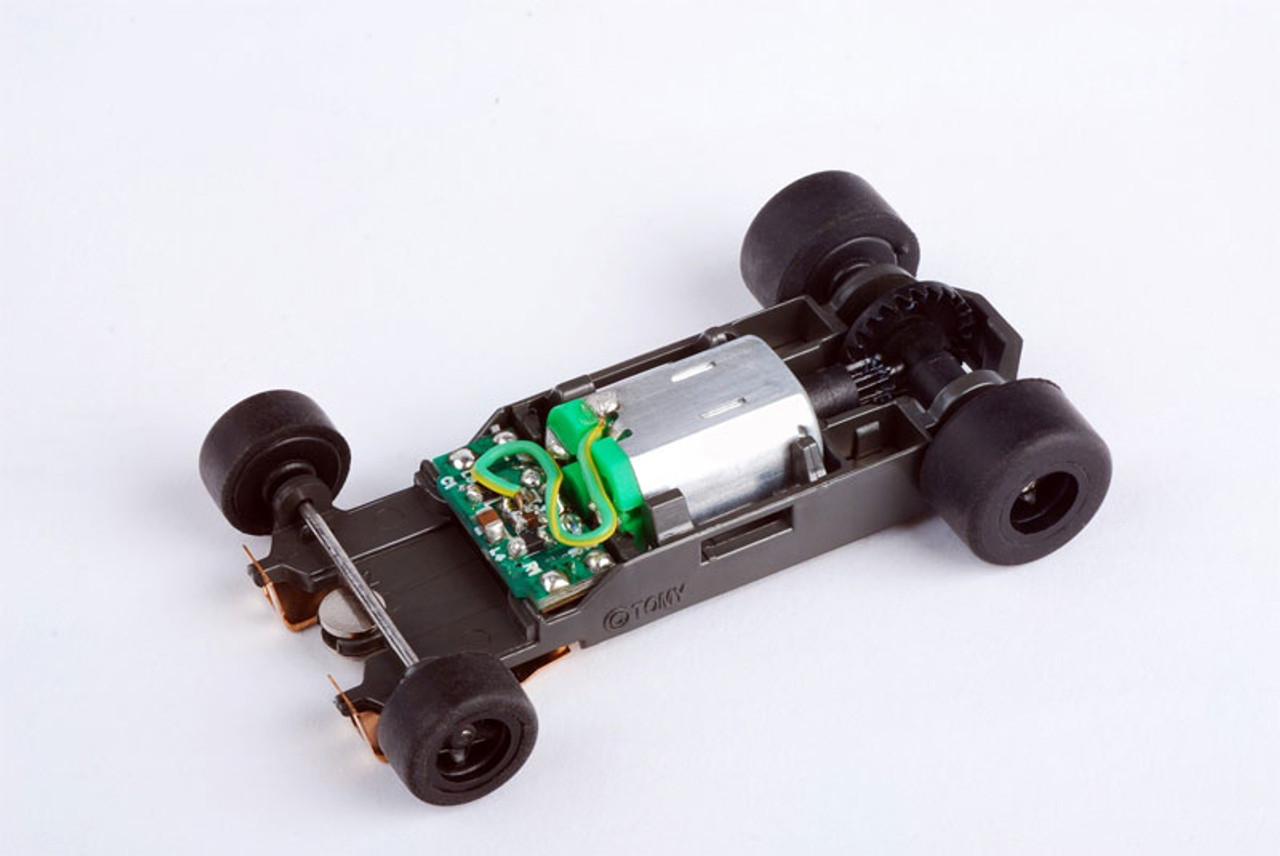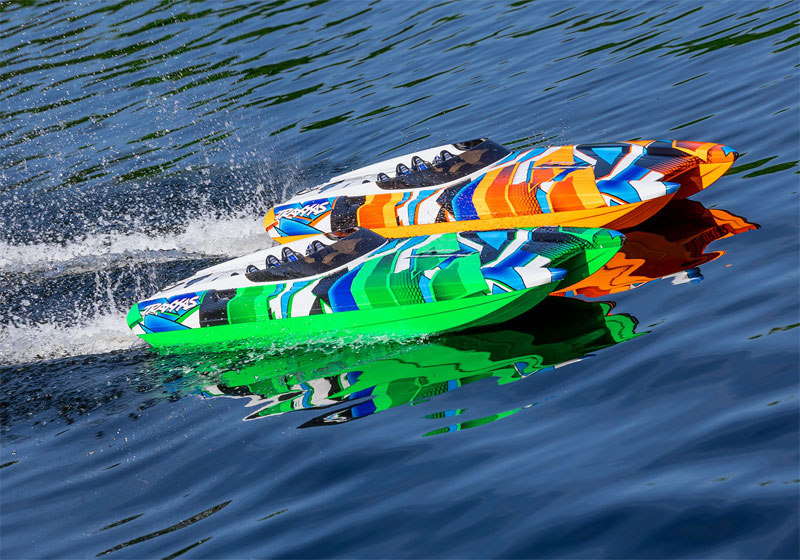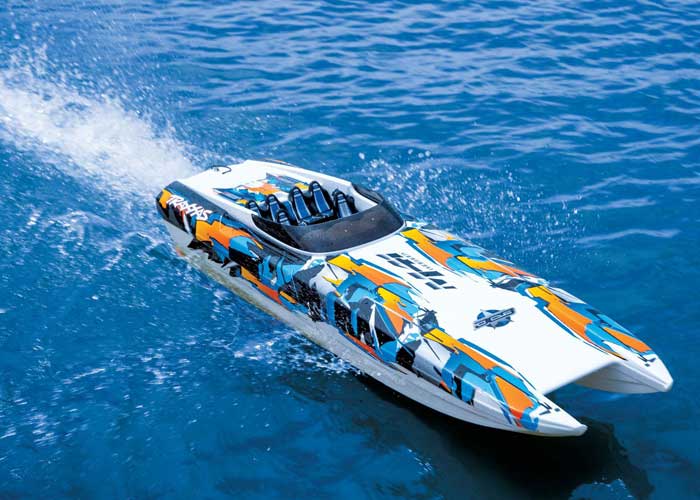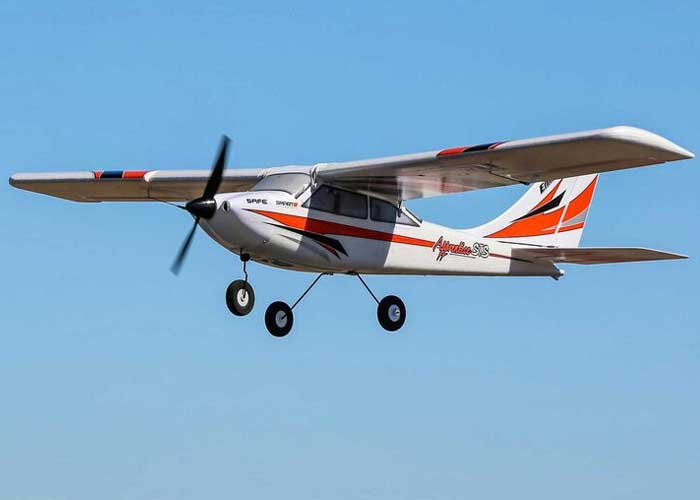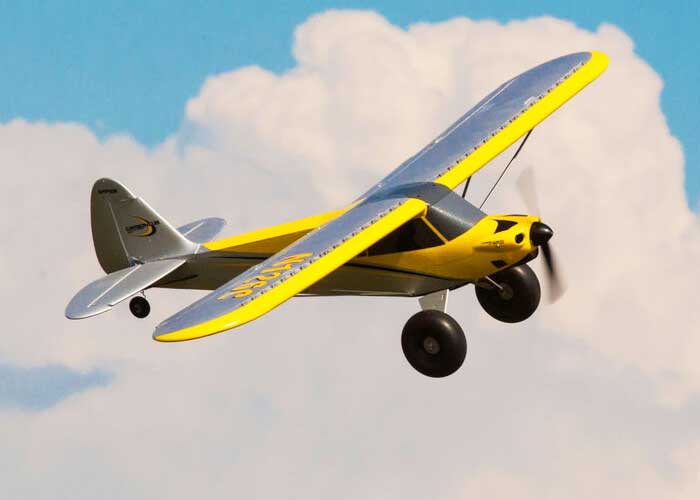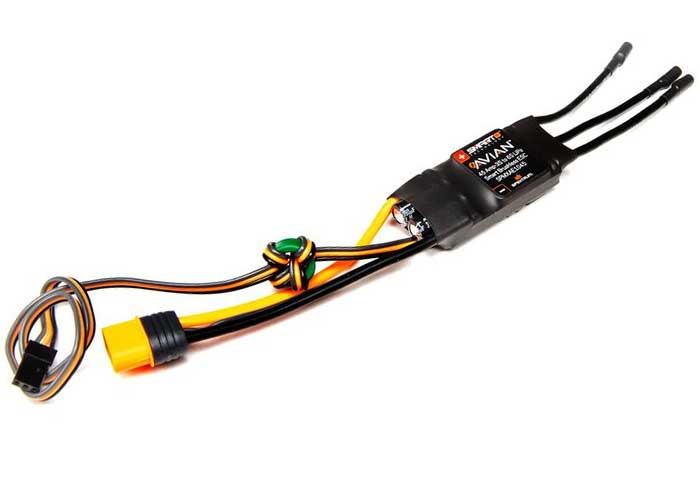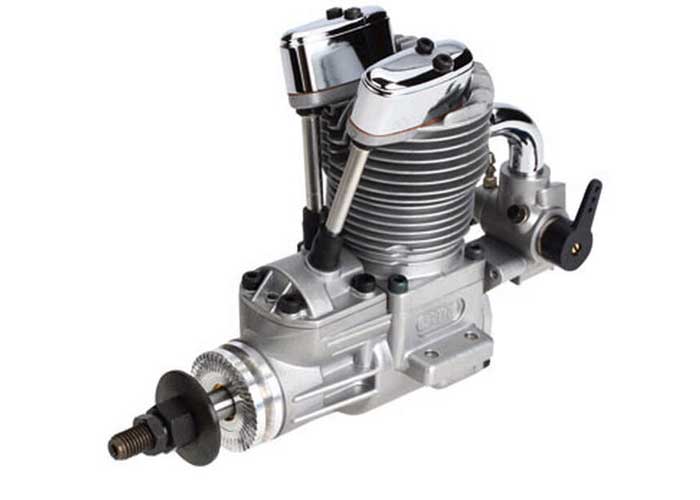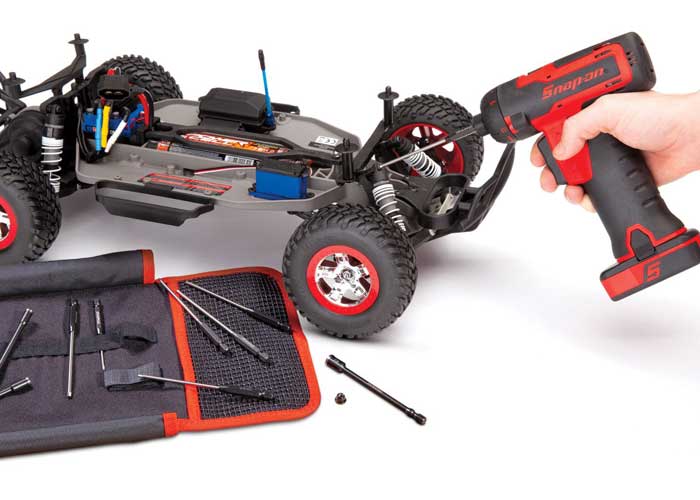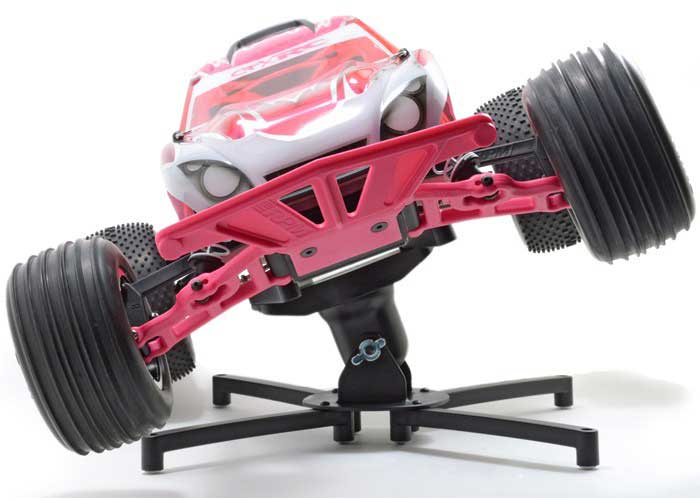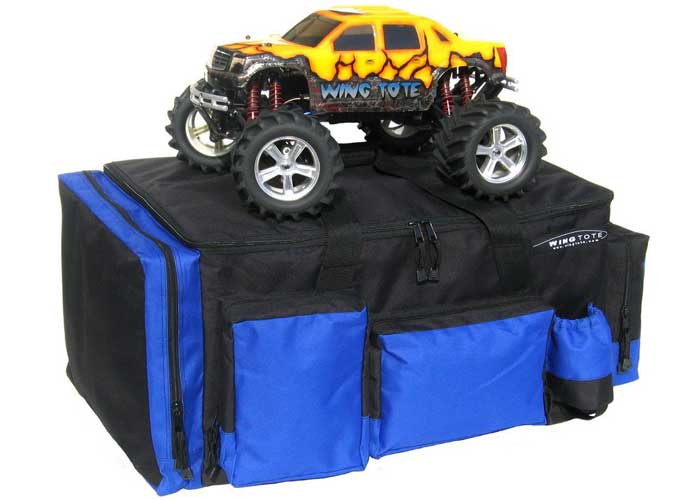6 Tips for Operating RC Cars in Winter
Posted by RC Superstore on 14th Dec 2022

As an RC car enthusiast living in a cold-weather area, you know how difficult it can be to keep your hobby going through the long winter months. Unpredictable weather, slippery roads, and frigid temperatures often make it seem impossible to get out on the track with your vehicle. And racing in gymnasiums and basements can grow awfully stale after a while. But don't give up hope: you CAN operate your RC cars in winter!
With a bit of preparation and care, you'll be able to continue doing what you love no matter what Mother Nature throws at you. Read on for all the tips and tricks necessary for safe and successful snow operations this winter season.
HOW COLD IS TOO COLD FOR RC CARS?
The good news is that many Traxxas RC cars can handle temperatures below freezing (32°F), though this will ultimately depend on the materials your car is made of and how old it is. The biggest factor to consider when running RC cars in cold weather is your vehicle's engine type.
Gas and Nitro Engines
Gas and nitro engines are generally the least tolerant of cold temperatures, as Traxxas itself doesn't recommend operating your nitro car below 35°F due to the engine being more difficult to start and tune. When the temperature falls below freezing, nitro fuel can start to gel, which can be harmful to the engine in the long term. This often requires special fuel mixtures or additives to run properly, so make sure to check your owner's manual for specific recommendations.
Electric Motors and ESCs
RC cars with electric motors, on the other hand, tend to perform better in cold temperatures, but even their operational efficiency can be negatively affected. The amount will depend on the type of battery you have, as LiPo and NiMH batteries have slightly different ideal temperature ranges. As a general rule of thumb, when the battery's temperature gets below 20°F, you can expect to see a significant drop in performance. When the temperature drops below 0° F, your batteries are at risk of severe damage, so try to stick to the days when the sun is at least out.
6 TIPS FOR HOW TO RUN RC CARS IN WINTER
Now that you know the safe temperature range for your vehicle, let's get into some more specific tips for how to operate RC cars safely and efficiently in the cold.
1. Check Your Owner's Manual
Before heading outside for the first time, you should check the manufacturer’s instructions for any special precautions related to cold weather use. The biggest thing to look for is whether or not your RC car’s components are waterproof before heading out into a wet and wintry environment. Nearly all electric Traxxas models feature waterproof electronics, but you'll kick yourself if you don't check to make sure and your car shorts out after only a few minutes of ripping through the snow.
2. Equip the Right Tires (or Treads)
If you plan to get out and drive your RC car in snowy conditions, it's worth investing in the right tires for the job. Having your RC car equipped with appropriate rubber can make a world of difference when executing tight turns or getting up steep hills. While many RTR vehicles come with very capable all-terrain tires, if you plan on navigating beyond the compacted snow and into the fresh powder, we recommend upgrading to paddle tires or deep-terrain Traxx treads. Of course, if you're looking to lose a bit of control out there on the ice, we have tires for that as well.
3. Warm Up Your Engine Before Heading Outside
This applies mainly to nitro and gas RC cars, as cold temperatures will affect their engines more than electric motors. The best way to warm up a nitro engine is by running it inside at a moderate speed (or just letting it idle) until it is at or around room temperature before heading out into the cold air. This will ensure that your RC car is running at its peak performance and can help prevent any potential damage to the motor.
4. Prepare For a Shorter Battery Lifespan
If you're using LiPo or NiMH batteries, you should expect them to deplete faster than they would typically during warmer weather. This is because, like all batteries, they become less efficient when operating in colder conditions, meaning it's best to keep an extra battery handy if you plan on having extended sessions out in the snow. Furthermore, the AA batteries that power a nitro vehicle's onboard electronics can also succumb to cold weather, which can lead to very sluggish performance.
5. Beware of Hard Crashes
You'll want to be extra careful when performing hard maneuvers or stunts with your RC car in winter weather. This is because the cold air can cause plastic components in particular to become quite brittle and more prone to breaking apart. Even the metal parts are susceptible to more damage in the winter, so keep that in mind before attempting any crazy jumps or tight turns. And remember, softer obstacles and guardrails—such as wooden boards—will have a lot less give if they're frozen through, so don’t treat them like you normally would.
6. Dry Your Car When You're Done
Finally, don't forget to properly dry off your RC car after a day out in the cold. This step is especially important to avoid developing rust on the metal parts. Clean the car first, then wipe down any metal components with a rag or towel to make sure no excess water has found its way into any crevices or openings in the chassis. Finally, spray a light coating of a moisture inhibitor (such as WD-40) to further prevent rust. Doing so will ensure that your RC car stays looking brand new for many seasons to come!
TAKE WINTER HEAD-ON WITH RC SUPERSTORE
With these cold-weather operating tips in your pocket, you're now ready to start shredding powder with the best of them. Whether you’re driving on snow or ice, you can be assured that your RC car will perform at its peak capacity and keep you entertained long after you've lost feeling in your fingers and toes.
If you're looking for a new winter RC car, we have all the snow-ready RC vehicles you’ll need. Shop now for unbeatable prices and then get out in the elements where you belong! And if you need more assistance finding the right RC cars for winter, check out our recent list of the four best RC cars for snow and ice.

